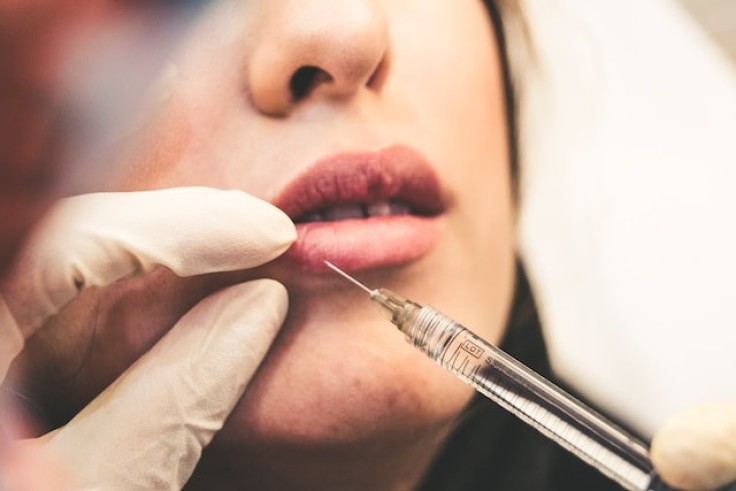
A new beauty phenomenon, dubbed 'Barbie Botox,' has exploded on TikTok, capturing the attention of millions. The hashtag now boasts over 7 million views, with numerous videos showing the procedure performed in aesthetic clinics.
The trend caught fire after Isabelle Lux, a 32-year-old content creator, shared her personal experience of undergoing the treatment, garnering more than 250,000 views. Lux, who credits herself for coining the term, has helped transform what was initially a medical procedure into a popular cosmetic treatment.
Medical Roots of 'Barbie Botox'
While Botox is not new to the beauty industry, its application in the trapezius muscles was initially for medical reasons-to relieve severe muscle tension causing migraines and neck strain. However, in the ever-changing landscape of beauty trends, the procedure has found a new off-label purpose.
"Injecting Botox into the muscle stops its connection to the nerve. Over time, this results in muscle paralysis and shrinkage," explains Dr. Parisha Acharya, a leading cosmetic doctor at the renowned Waterhouse Young clinic in London.
However, the treatment comes with a hefty price tag, often costing upwards of $1,200. Beyond financial considerations, there are also medical risks to ponder.
Dr. Acharya warns that incorrect administration can result in permanent muscle paralysis, and the toxin might even migrate from the injection site, causing additional complications.
For Lux, the days following the treatment were filled with anxiety. She experienced significant tension and pain, causing her to question her decision.
Lux's transformation has stirred a variety of opinions online, some criticizing her for reinforcing beauty standards that they consider harmful. She vehemently defends her choice: "There's nothing wrong with wanting to enhance your features. It's not anti-feminist or a waste of money if it boosts your self-confidence."
However, medical professionals like Dr. Acharya express serious concerns about the trending topic, particularly its popularity among younger audiences.
"The fact that an unregulated industry can perform such a risky procedure, potentially by people with no clinical experience, is a significant concern," she says.
Read Also : Can Moms Get Botox While Breastfeeding?
Surge in Minimally Invasive Procedures
The phenomenon can be seen as part of a larger trend. According to a 2021 survey by The International Society of Aesthetic Plastic Surgery, minimally invasive procedures like Botox have seen a 54.4% increase since 2017. Moreover, projections suggest the global facial injectable market could more than double by 2032, reaching an astonishing $36.8 billion.
The debate over 'Barbie Botox' also raises questions about feminism and body autonomy. While Lux sees the procedure as a liberating choice, Dr. Acharya views it as a step backward, especially since the latest Barbie movie promotes feminist values.
"The idea that we should strive for doll-like features detracts from the message that we should embrace our natural selves," she argues.
As Isabelle Lux plans her next 'Barbie Botox' session, the world watches and debates. The trend offers a fascinating yet cautionary tale of how beauty standards evolve and how social media can both empower and endanger.
As the procedure gains momentum, medical professionals urge extreme caution, pushing for more regulations and clinical oversight. Amidst the viral craze, the core question remains: how far are we willing to go for beauty, and at what risk?